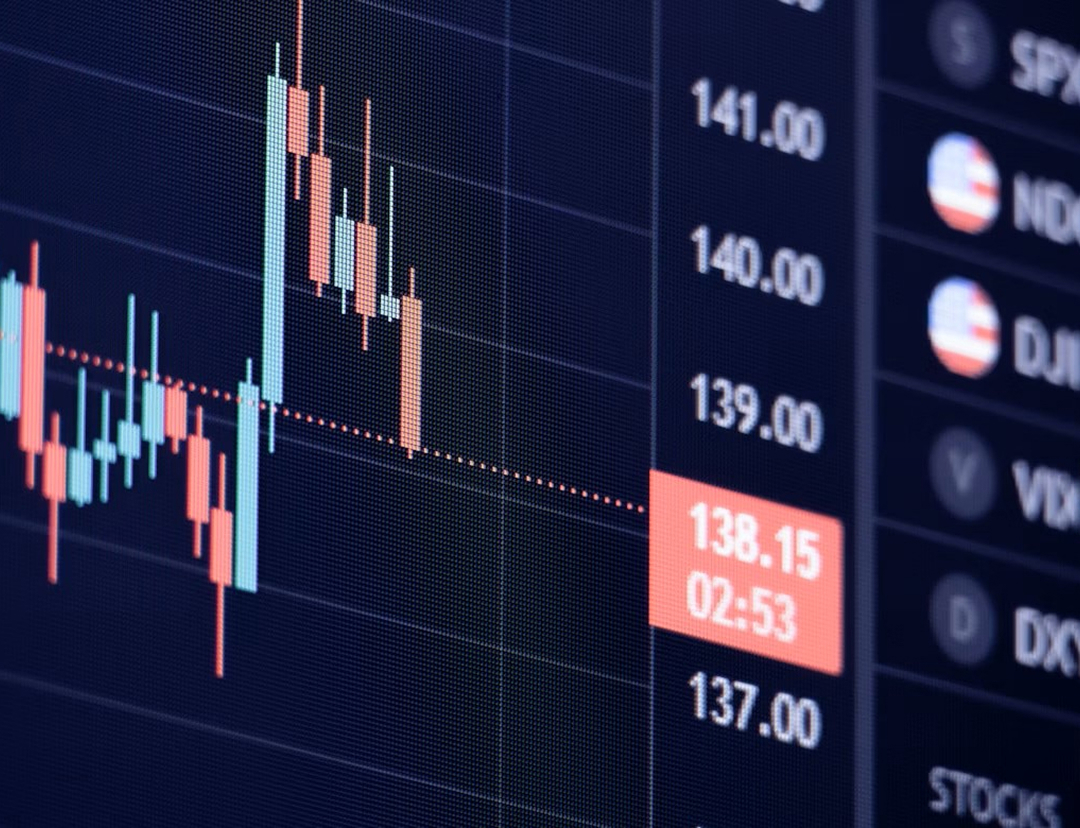President Donald Trump’s new tariffs officially took effect Thursday, marking a significant shift in U.S. trade policy. The tariffs, which apply to goods from over 60 countries and the European Union, impose rates of 10% or higher. Products from the EU, Japan, and South Korea are taxed at 15%, while imports from Taiwan, Vietnam, and Bangladesh face a 20% tariff.
Trump signed the tariff directive a week prior, allowing time for U.S. Customs and Border Protection to implement the necessary changes. The average U.S. tariff rate is expected to rise to 15.2%, a substantial increase from 2.3% last year, and the highest level since World War II.
The administration anticipates that these tariffs will lead to increased investments from the EU, Japan, and South Korea, with Trump claiming, "I think the growth is going to be unprecedented." However, the economic landscape is showing signs of strain. Hiring has stalled, inflation is rising, and home values in key markets are declining, according to John Silvia, CEO of Dynamic Economic Strategy. He noted, "A less productive economy requires fewer workers," and warned that higher tariffs could lower real wages for workers.
Economists express concern that the tariffs may erode the American economy. Brad Jensen, a professor at Georgetown University, stated, "It’s going to be fine sand in the gears and slow things down." The trade deficit for the first half of the year reached $582.7 billion, a 38% increase compared to the previous year, as importers rushed to bring in goods before the tariffs took effect.
The impact of the tariffs is not limited to the U.S. Germany, which exports 10% of its goods to the U.S., reported a 1.9% decline in industrial production in June. Carsten Brzeski, global chief of macro for ING bank, remarked, "The new tariffs will clearly weigh on economic growth."
In a recent escalation, Trump announced a 25% tariff on Indian goods due to the country’s purchases of Russian oil, raising the total tariff on Indian imports to 50%. S.C. Ralhan, president of the Federation of Indian Export Organizations, stated, "Absorbing this sudden cost escalation is simply not viable. Margins are already thin."
The Swiss government also faced challenges, as officials returned from Washington without a resolution to avoid a 39% tariff on Swiss goods. The tariffs on pharmaceuticals and a proposed 100% tariff on computer chips could further complicate the economic landscape.
Despite the turmoil, the stock market has remained resilient, with the S&P 500 index rising over 25% since April. The White House remains optimistic, believing that the tariffs will ultimately lead to increased manufacturing and job growth in the U.S. However, analysts caution that the long-term effects of the tariffs may not be immediately visible.
Rachel West, a senior fellow at The Century Foundation, noted, "There’s one person who can afford to be cavalier about the uncertainty that he’s creating, and that’s Donald Trump. The rest of Americans are already paying the price for that uncertainty." As the tariffs take effect, the economic implications will continue to unfold.

 Canada News
Canada News

 Financial Post
Financial Post SooLeader
SooLeader AlterNet
AlterNet Reuters US Domestic
Reuters US Domestic Raw Story
Raw Story RadarOnline
RadarOnline WBAY TV-2 Sports
WBAY TV-2 Sports